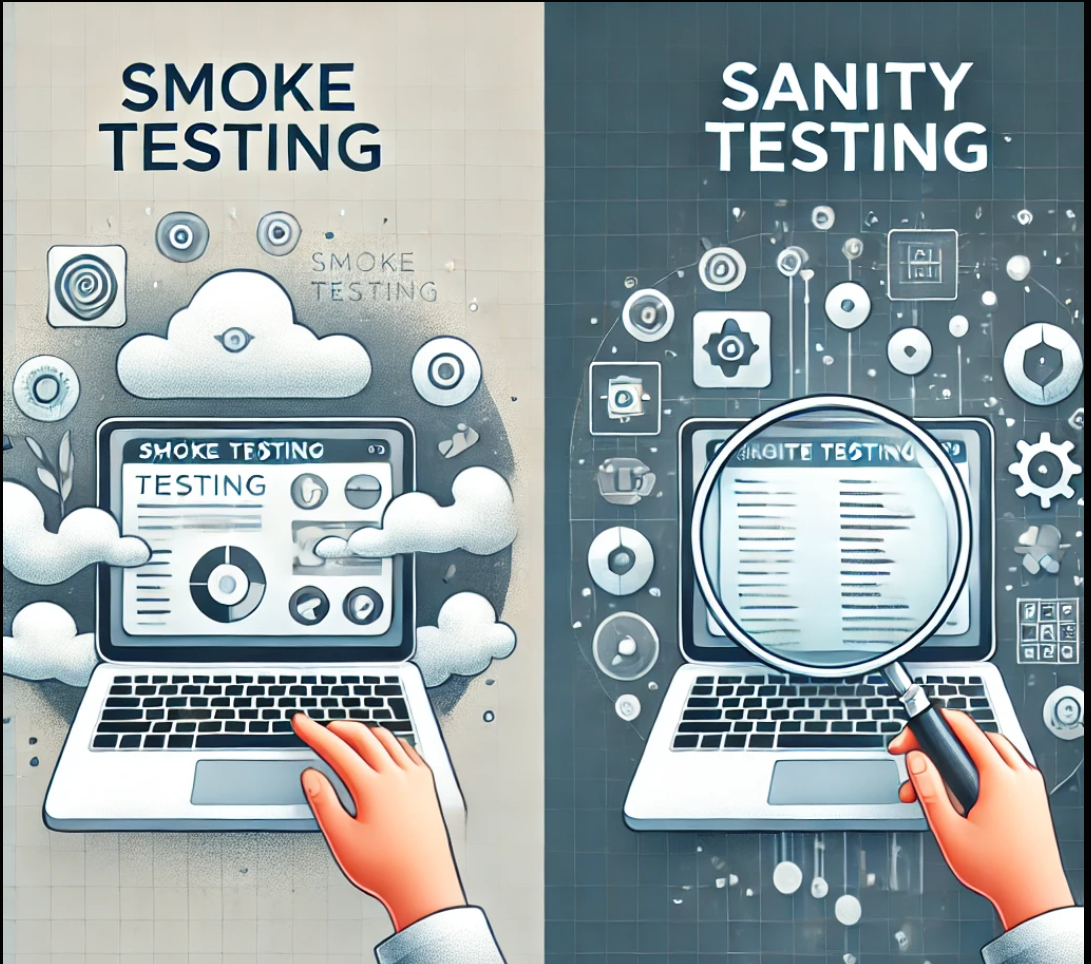
Introduction
In the fast-paced world of software development, ensuring application quality is paramount. Two crucial testing methodologies that help achieve this are smoke testing and sanity testing. While these terms are often used interchangeably, they serve distinct purposes in the testing lifecycle. Let’s dive deep into understanding these testing approaches.
What is Smoke Testing?
Smoke testing, also known as “build verification testing” or “confidence testing”, is a preliminary testing approach that verifies the critical functionalities of a software application. Think of it as checking whether a newly assembled car starts and runs before conducting detailed performance tests.
Key Characteristics of Smoke Testing:
- Conducted on initial software builds
- Covers core and crucial functionalities
- Typically takes 30-60 minutes
- Performed before detailed testing begins
- Often automated for efficiency
When to Perform Smoke Testing?
- After receiving a new build
- Post major code changes
- Before beginning detailed testing
- During continuous integration cycles
Understanding Sanity Testing
Sanity testing is a subset of regression testing that focuses on verifying specific functionalities after bug fixes or minor changes. It’s like checking if a particular car feature works properly after repairing it, rather than testing the entire vehicle.
Key Characteristics of Sanity Testing:
- Narrow and focused approach
- Tests specific functionality
- Unscripted and quick
- Performed after bug fixes
- Usually manual testing
When to Perform Sanity Testing?
- After bug fixes
- Post minor code changes
- When time constraints exist
- Before detailed regression testing
Key Differences Between Smoke and Sanity Testing
Scope
- Smoke Testing: Broad, covers major functionalities
- Sanity Testing: Narrow, focuses on specific areas
Execution Time
- Smoke Testing: Takes longer, comprehensive check
- Sanity Testing: Quick, targeted verification
Documentation
- Smoke Testing: Well-documented test cases
- Sanity Testing: Usually unscripted, adhoc testing
Purpose
- Smoke Testing: Build stability verification
- Sanity Testing: Rationality check of specific functions
Best Practices for Implementation
Smoke Testing Best Practices:
- Automate recurring test cases
- Maintain detailed test documentation
- Include critical business flows
- Keep test cases simple and clear
- Regular updates to test scripts
Sanity Testing Best Practices:
- Focus on affected modules
- Maintain testing flexibility
- Quick turnaround time
- Clear pass/fail criteria
- Effective communication with developers

